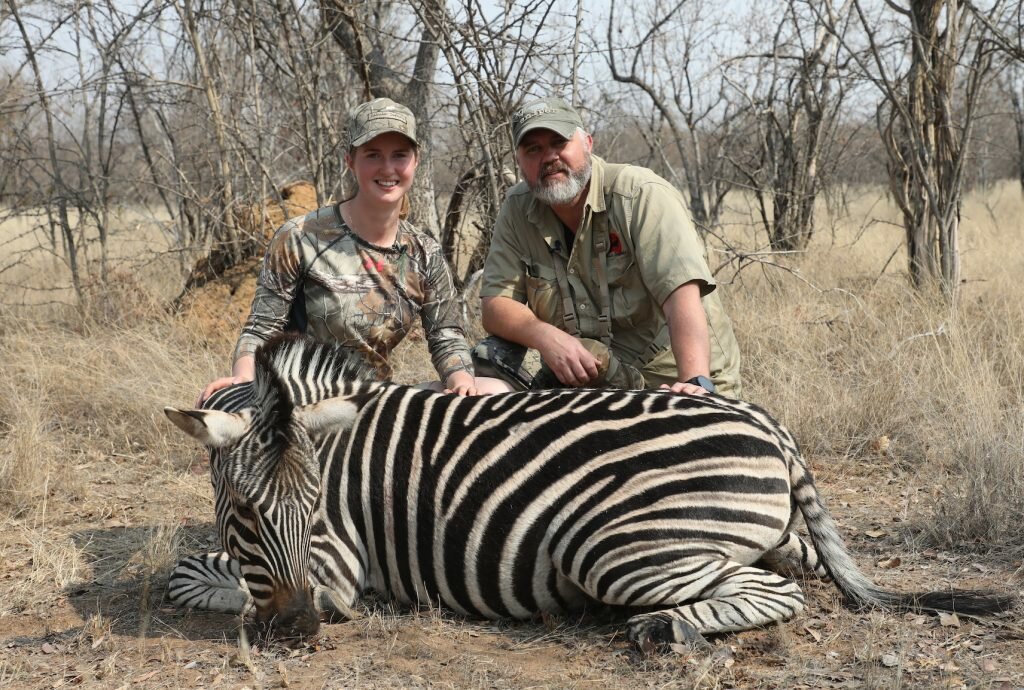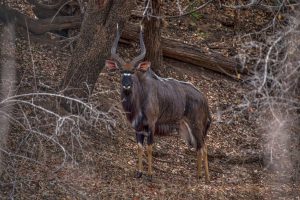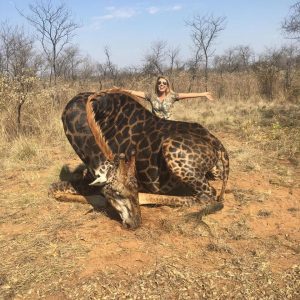In 1977, Kenya banned trophy hunting and pinned its economic hopes on tourism, believing photographic tourism to be more sustainable in the long run than hunting tourism. Enter 2020 and a global pandemic that hasn’t just impacted the health of millions of people around the world; it has also decimated the tourism industry. While Western nations push for more hunting bans across Africa, a Kenyan based conservation scientist is bucking the anti-hunting trend. He believes there is a place for well regulated hunting to help Kenya rebuild and provide much-needed economic aid to African nations post Covid-19.
KENYAN CONSERVATIONIST BELIEVES AFRICAN NATIONS SHOULD EMBRACE HUNTING TO AID IN ECONOMIC RECOVERY POST COVID-19
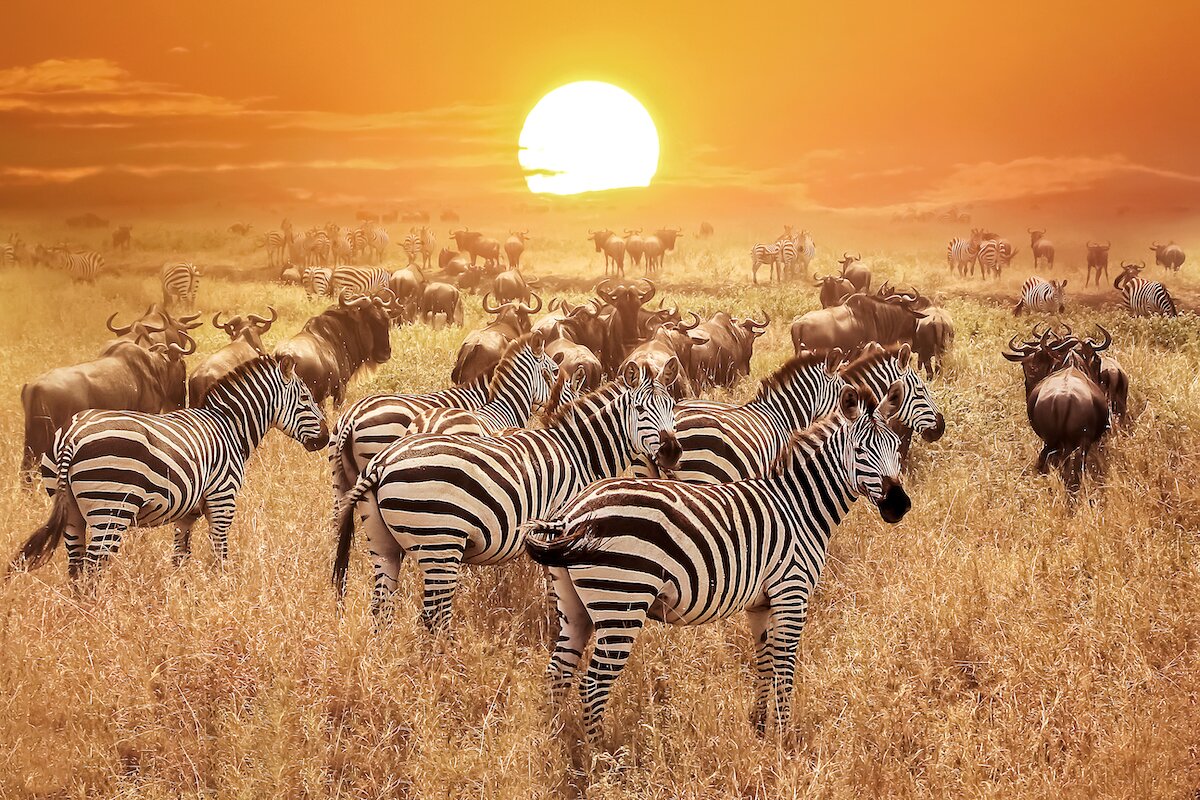
The COVID-19 pandemic has taken the whole world by storm, and brought many industries to a virtual standstill. One of the industries hardest hit by COVID-19 is tourism.
Until this year, tourism had become one of the major reasons for human mobility in the modern era. But that all took a nose dive with the arrival of COVID-19. That’s because tourism relies heavily on air travel and air travel is considered as an easy mode of transmission.
According to UN World Tourism Organisation (UNWTO) estimates, the pandemic dealt an unprecedented blow to most African countries that rank high in tourist arrivals. To recover from the losses and paralysis of the economy, the industry analysis and experts must model and initiate products to complement the traditional photo-tourism commonly referred to as safaris.
Hunting can revamp the dwindling fortunes of the tourism sector and make a remarkable impact on conservation. We need a total change of mind on how we view and perceive hunting, and should develop a symbiosis system whereby our wildlife resources management policies take into account the changing times.
Hunting isn’t a new concept in Africa.
It was abolished in Kenya in 1977 when the various governments were trying to fight illegal wildlife trade especially on ivory. Back then, it was thought that hunting was solemnly responsible for the declining number of wildlife species.
To demystify that narrative, data collected since the ban was implemented in Kenya for example, indicates that Kenya has collectively lost 70% to 80% of the wildlife populations of impala, waterbuck, warthog and the eland.
In other words, banning hunting has had a negative effect on wildlife numbers and biodiversity.
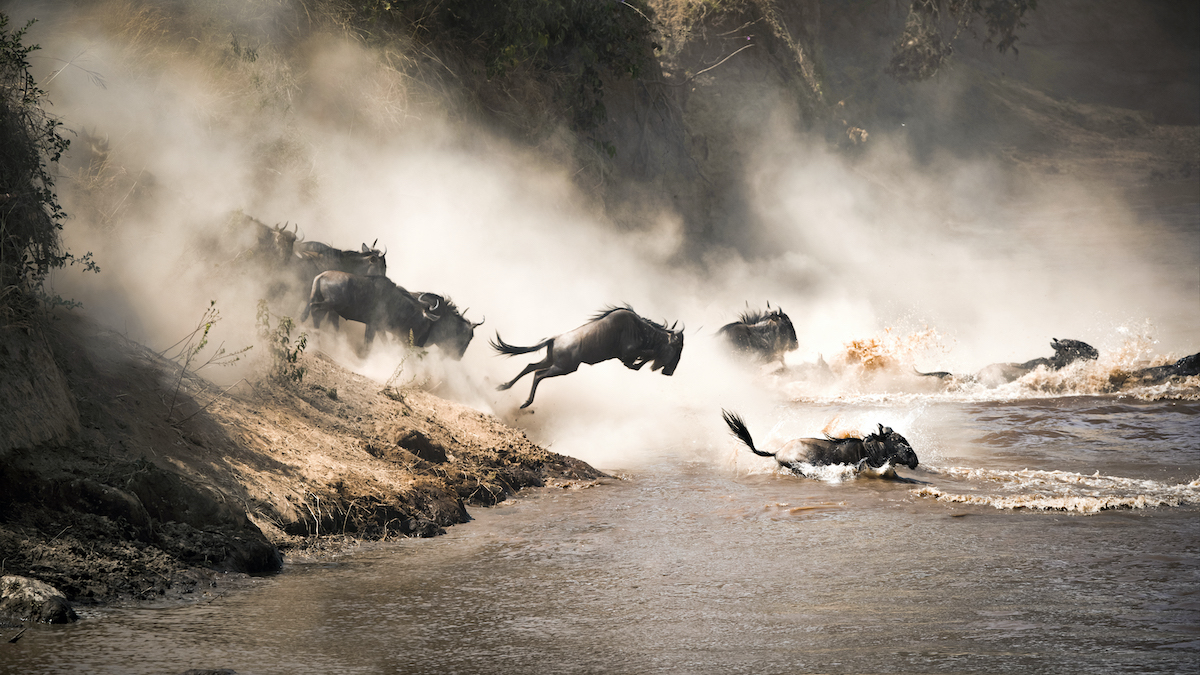
Hunting areas in the African continent can be categorized into public, private and indigenous land. Most of these areas are marginalized and remote with generally low agricultural potential – areas that are not ideal for photographic tourism even when tourism is healthy. Embracing hunting can create and generate new revenue avenues and other great benefits without necessarily converting the lands into agriculture, which would compromise the areas ability to ecologically function as a wildlife habitat due to degradation, human settlement and human wildlife conflicts.
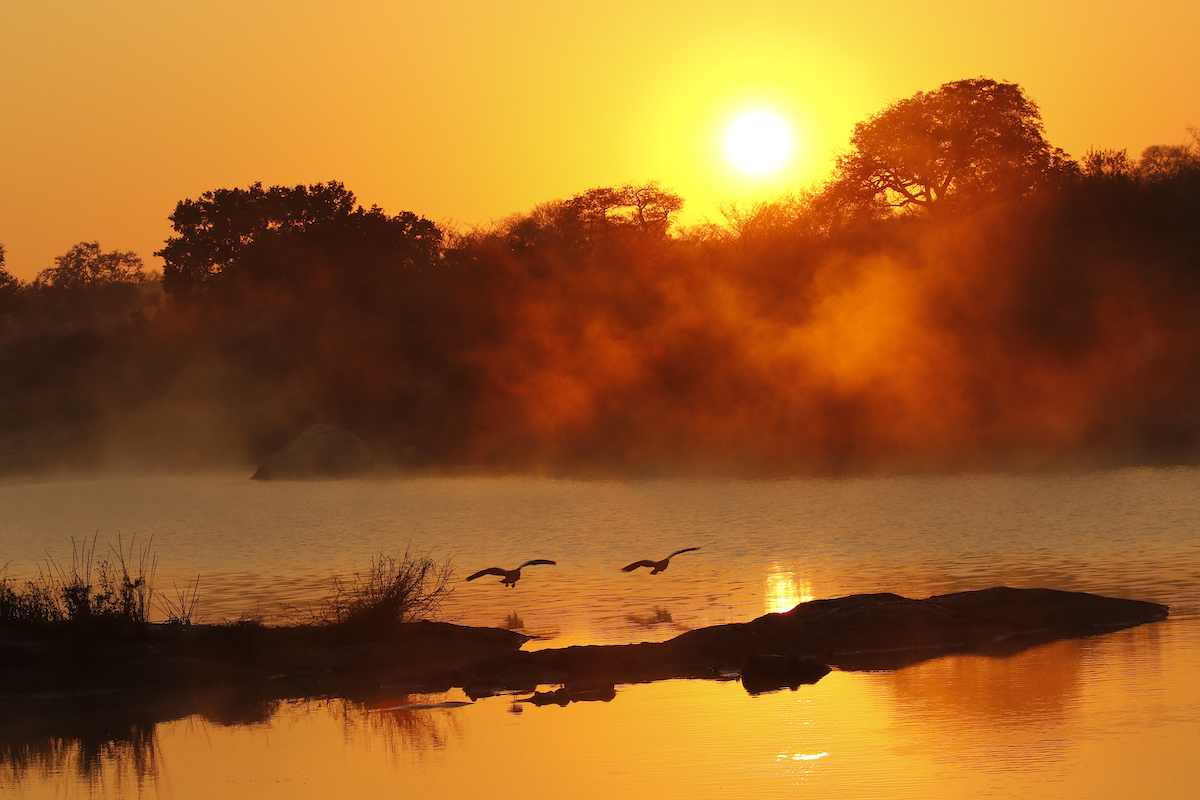
The principal economic incentives for wildlife conservation are obtained from a revenue sharing agreement among local communities, private land owners, conservation organizations and other supporting businesses. For example the communal areas management program for indigenous resources CAMPFIRE in Zimbabwe has been cited as a success model benefitting approximately 800,000 households and raised money to conserve 12 million acres of wildlife habitat. Hunting is projected to have raised more than $10 million in 2010-2015.
South Africa is another country that has been able to turn the anti-hunting narrative on its head, showing that a well-regulated hunting industry can actually result in significant growth of wildlife numbers. Regulated hunting in South Africa is also changing the threatened status of many endangered species.
South Africa is the leading nation in Africa in utilization and promotion of hunting through incentives. The country has converted significant tracts of agricultural lands to wildlife habitats. In fact, South Africa has over 50 million acres of private land under wildlife use – this is three times larger than all of the country’s National Parks and public game reserves combined.
South Africa generates more than $1.6 billion in revenue from trophy hunting and game meat sale from those hunts annually.

The southern white rhino is a good example of a species that was saved from near extinction by carefully investing the capital raised from hunting into its conservation. In 1960, the white rhino population in South Africa was about 800 and all hunting of the species was illegal. Yet despite the ban on hunting, rhinoceros numbers were in significant decline. In 1968, South Africa lifted the hunting ban of the species. Landowners intentionally bred the species and their populations now stand at more than 15,000. Through hunting, the financial incentives boosted their population and recovery of this species.
It is certain that there is no conservation without capital. While critics of hunting opine that the number of jobs and revenue generated from hunting is insignificant, their blanket condemnation overlooks the fact that wildlife and hunting occur in relatively low human population density areas with very few economic activities.
If we focused on an area with a population of 4000 people, and hunting was able to employ 400 people, that is a significant percentage of the population directly benefiting from hunting. And that doesn’t even take into account the money that flows into other businesses in the area, with the employed people able to spend money in local shops and on local goods and services.
In these regional areas, hunting also provide an added value of food security. Most of the households living in wildlife conservation areas are poor. Meat from hunting can be shared with the locals, which will ensure they also directly benefit. This can foster good collaboration between wildlife managers and the locals in dealing with issues such as poaching and illegal wildlife trafficking.

None of this demeans photographic tourism. Many people argue which is more important to African tourism: photographic tourism or hunting tourism. But in truth, both have their place.
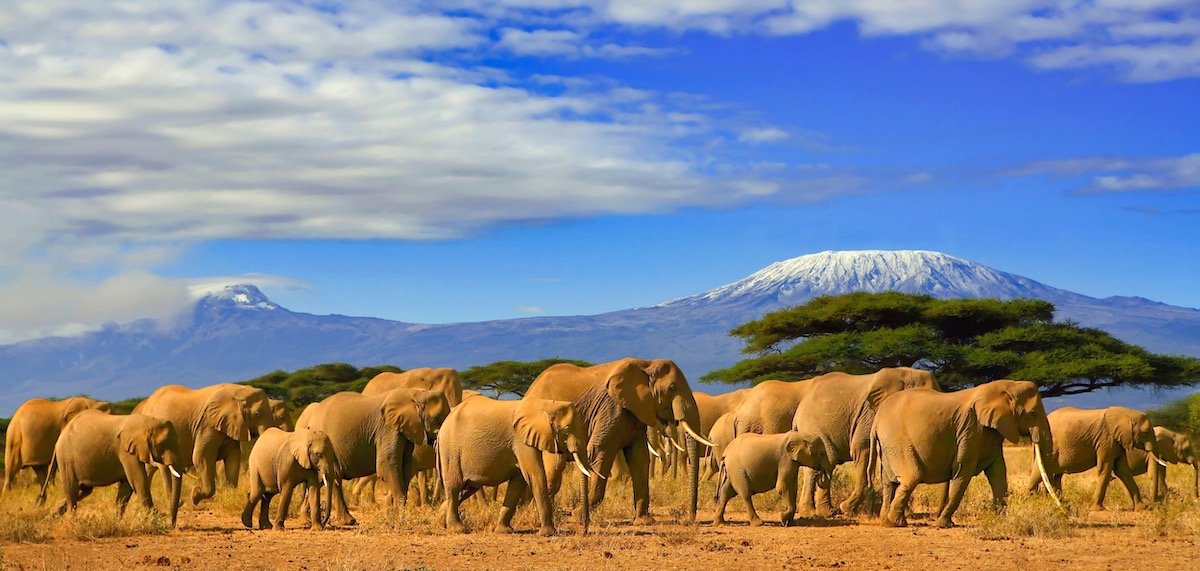
However, photographic tourism is well-established in Kenya and has been the primary focus for over forty years. Hunting is completely underutilized in Kenya.
I believe that both are important partners in terms of incentives and capital. While photographic tourism is well functional in areas with good infrastructure and social amenities, it does requires picturesque landscapes. And the difficult truth is that there are many areas in Kenya unsuitable for photographic tours. These areas are still inhabited by wildlife but may be remote, less scenic or have poor infrastructure. These areas could be utilised for hunting tourism.

The African continent should facilitate and improve hunting within their territories with the intention of diversifying their tourism industry.
Different market segments have diverse preferences, which if tapped can economically improve the tourism sector. The United States of America represents the largest global market segment for hunting. Deliberate efforts should be put in policy formulation, cooperation and advertisement to tap into this market.
In conclusion, wildlife is one the key resources that we can leverage to alleviate poverty in Africa. The diverse opinions of conservations experts and scientists on the utilization of this resource should not be constantly used to block us from realizing our full potential. Reference should be made on countries that have implemented hunting such as South Africa and explore how success can be replicated in other parts of Africa.
The author, who has asked to remain anonymous due to opposing opinions in his department, works with the Kenyan government to develop policies around water resources, wildlife and natural resource management, and climate change adaptations. Although trophy hunting has been banned in Kenya since 1977, he believes the ban has harmed Kenya’s biodiversity, and sees properly regulated hunting playing a role in Kenya’s economic recovery.
If you would like to write for I Am Hunter, check out our Contributor Guidelines.
What is I Am Hunter?
I Am Hunter wants to change the way hunting is perceived and to change the conversation from a negative one driven by anti-hunters to a positive one led by hunters.
Our goal is to help hunters become positive role models and ambassadors for hunting, while simultaneously helping non-hunters understand why hunting is important.
You can become a supporter and help us achieve our goal and spread a positive message about hunting with the wider community.
Related content
If you would like to know more about hunting wallabies, kangaroos or deer in Tasmania, check out these related articles and podcasts.
Our other channels
Get our newsletter
Get our free monthly newsletter direct to your inbox
Listen on iTunes
Listen to our podcast on iTunes.
TV series
Watch I Am Hunter episodes on My Outdoor TV (MOTV)


